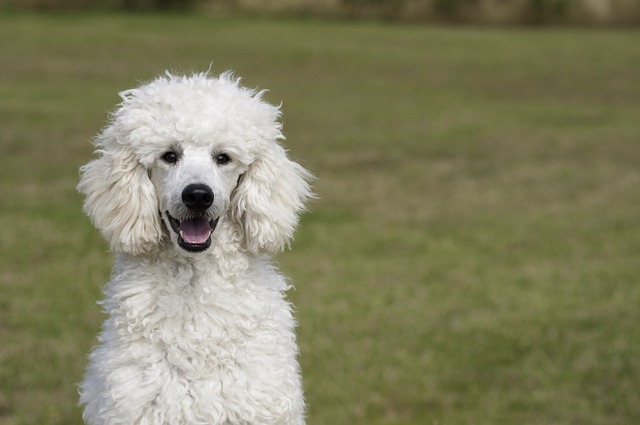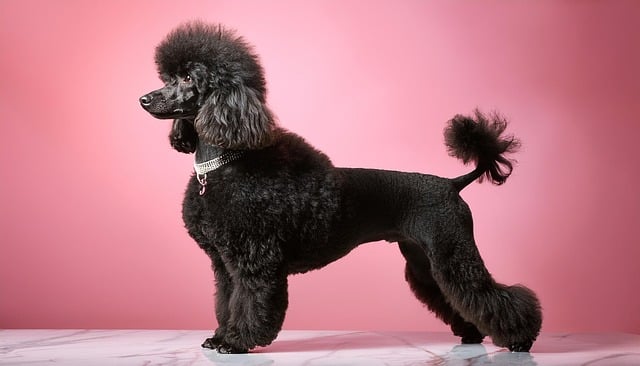
Can I treat parasitic infections in dogs at home
Imagine you’re in your New York City apartment, kneeling on the rug to play with your 8-month-old Beagle, Lola. She’s been nipping at her hind leg nonstop
That reddish-brown streak running from your dog’s eyes down their muzzle might look like a harmless smudge, but for many owners, it’s a persistent puzzle. You wipe it away, only to find it back by the end of the day— and sometimes, the culprit is hiding in their food bowl.
Cheap kibble loaded with artificial dyes is a common offender. Those bright reds and yellows that make the bag look appealing? They’re tough for a dog’s system to break down, and excess pigments often end up in their tears. Walk down any pet store aisle in the UK or France, and you’ll spot labels boasting “no artificial colors”—there’s a reason those sell out fast.
High-salt diets can also crank up tear production. That extra chip you sneak from your dinner plate or the processed training treats with added sodium? They dehydrate your pup, making their body produce more tears to flush out the salt. Over time, that constant flow leaves those stubborn stains, especially on light-coated breeds like Malteses or Westies.
Grains get a bad rap, but it’s not all of them. Some dogs struggle with wheat or corn, developing mild allergies that show up in their eyes. You might notice more tearing after switching to a budget brand that lists these grains high on the ingredient list. In places like Sweden, where pet food regulations are strict, many brands now offer grain-free options to address this very issue.
 Dairy is another surprise culprit. That leftover cheese from your charcuterie board might seem like a nice treat, but many dogs lack the enzymes to digest lactose. The resulting inflammation can trigger excessive tearing, turning those cute milk mustaches into long-term stains. It’s why vets across North America often suggest cutting back on cheese cubes during training sessions.
Dairy is another surprise culprit. That leftover cheese from your charcuterie board might seem like a nice treat, but many dogs lack the enzymes to digest lactose. The resulting inflammation can trigger excessive tearing, turning those cute milk mustaches into long-term stains. It’s why vets across North America often suggest cutting back on cheese cubes during training sessions.
Preservatives like BHA and BHT, found in some canned foods and jerky treats, can irritate a dog’s digestive tract. When the body reacts to these chemicals, it often shows up in sensitive areas—like the eyes. In Germany, where pet food safety laws are rigorous, these additives are heavily regulated, with many brands opting for natural alternatives instead.
Switching foods suddenly can worsen the problem, too. A dog’s gut needs time to adjust, and abrupt changes can cause temporary inflammation that ramps up tear production. Mixing old and new food over a week, as recommended by most vet clinics in Canada, helps avoid this unnecessary stress.
If you’re stumped, check the ingredient list. Look for hidden sugars or by-products—they’re just as likely to cause issues as the obvious suspects. And remember, what works for one dog might not for another. Your neighbor’s Lab might thrive on a certain brand, while your Poodle breaks out in stains.
At the end of the day, keeping those eyes clear often starts with what’s in the bowl. A little label-reading and trial and error can go a long way—plus, it aligns with the responsible pet ownership laws many European and North American countries enforce. After all, a healthy diet isn’t just good for their coat or energy—it keeps those puppy eyes bright, too.

Imagine you’re in your New York City apartment, kneeling on the rug to play with your 8-month-old Beagle, Lola. She’s been nipping at her hind leg nonstop

Imagine you’re in your Chicago apartment, settling in for a movie night with your 2-year-old Boston Terrier, Luna. She curls up on your lap

Imagine you’re in your Los Angeles apartment, making breakfast while your 1-year-old Corgi, Milo, circles your feet—usually, he’s begging for a scrap of toast

Imagine you’re in your New York City apartment, sitting on the couch with your 6-month-old Golden Retriever, Max. He’s been scratching his ear nonstop

Those reddish-brown streaks around your dog’s eyes aren’t just unsightly—they’re often a sign of constant tearing. Breeds like Shih Tzus and Pugs, with their big, round eyes, are especially prone to this, thanks to their facial structure trapping moisture

Watching your faithful companion grow older comes with a learning curve many pet owners aren't prepared for. While your intentions may be good